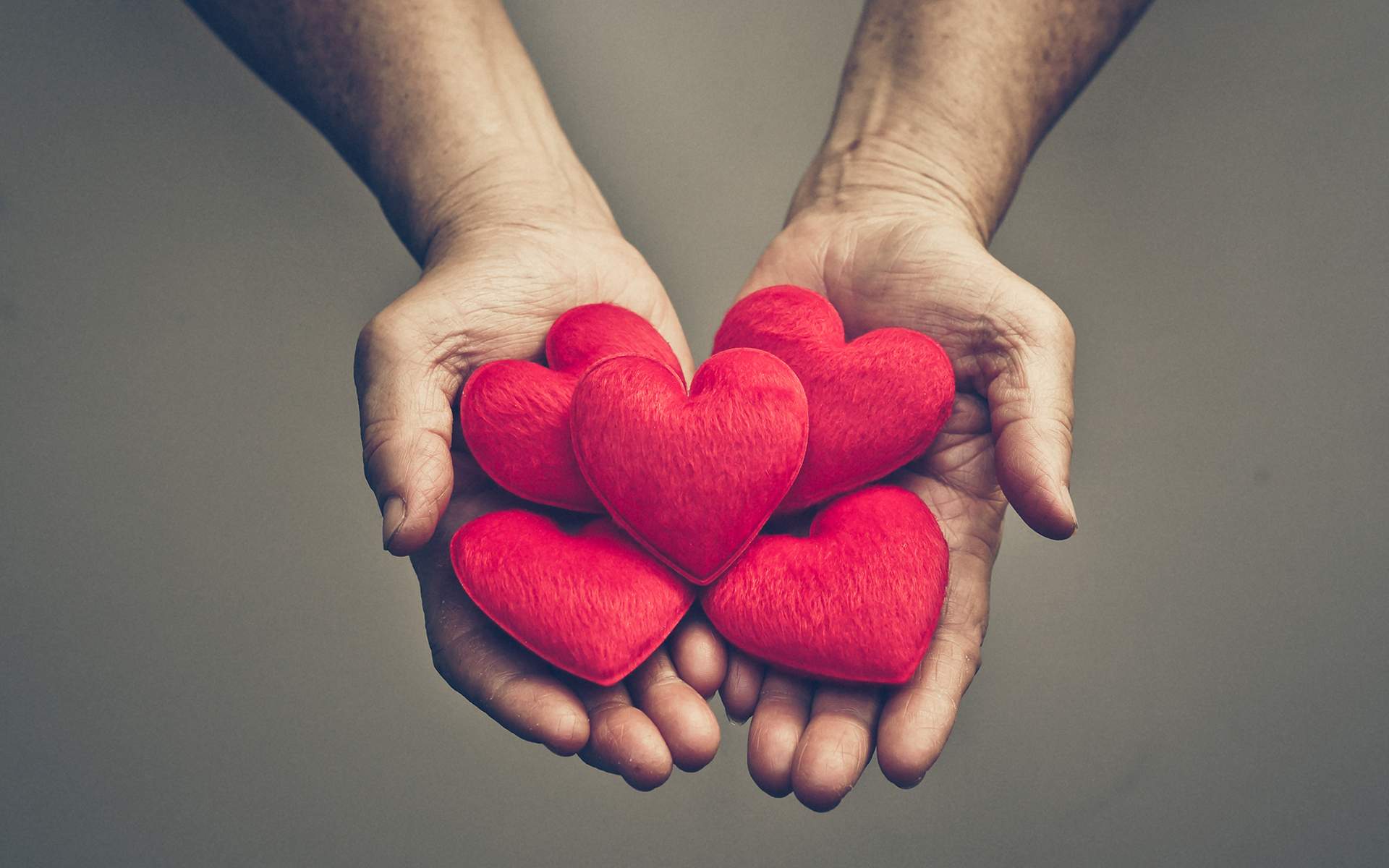
Boost Compassion & Courage in 15 Minutes
Discover how a simple 15-minute self-affirmation exercise can increase compassion, reduce schadenfreude, and boost courage. Science-backed results!
Explore how fashion psychology influences first impressions, cognitive function, and self-esteem. Learn how clothing affects behavior and identity.

Fashion is a $1.5 trillion global industry that influences how we perceive ourselves and others. Understanding the psychology behind clothing choices reveals powerful insights into human behavior, self-expression, and social dynamics.
Behavioral psychologist Dr. Carolyn Mair, author of The Psychology of Fashion, explains: "What we wear reflects how we want to be seen—though not necessarily how others perceive us."
Key findings about fashion psychology:
- First impressions form in under 1 second based on appearance
- The Halo Effect causes us to attribute positive traits to well-dressed people
- Clothing acts as non-verbal communication that varies by cultural context
Imagine two interpretations of Balenciaga sneakers at a fancy restaurant:
1. Fashion-conscious viewers: Associate with wealth and status
2. Traditional dressers: May perceive as inappropriate
This demonstrates how clothing semiotics (the study of fashion as language) creates different meanings for different audiences.
Northwestern University research revealed:
- Participants wearing lab coats performed better on attention tests
- Those told they wore "doctor's coats" outperformed "painter's coat" wearers
This phenomenon, called enclothed cognition, shows that:
- Clothing physically worn changes cognitive processes
- Symbolic meanings we assign to garments affect behavior
While clothing can boost confidence, Dr. Mair cautions:
- No garment has inherent power—associations create effects
- Social media's "outfit = happiness" messaging can be harmful
- The fashion industry's lack of diversity creates exclusion
Psychologist Tara Well recommends this practice:
While progress has been made, the industry must:
- Increase diverse representation
- Challenge Eurocentric beauty standards
- Recognize clothing's psychological impact across cultures
By understanding fashion psychology, we gain tools for self-expression while recognizing clothing's limits in defining worth.
Further Reading:
- The Psychology of Fashion by Dr. Carolyn Mair
- Studies on enclothed cognition
- Body positivity movement resources

Discover how a simple 15-minute self-affirmation exercise can increase compassion, reduce schadenfreude, and boost courage. Science-backed results!

Explore Ohio's forgotten towns and scenic backroads while learning mindfulness lessons from unexpected detours. A travel reflection on seeing beyond the highway.

Learn a simple 3-step mindfulness technique to unhijack your attention, reduce stress, and improve present-moment awareness in just 2 minutes.